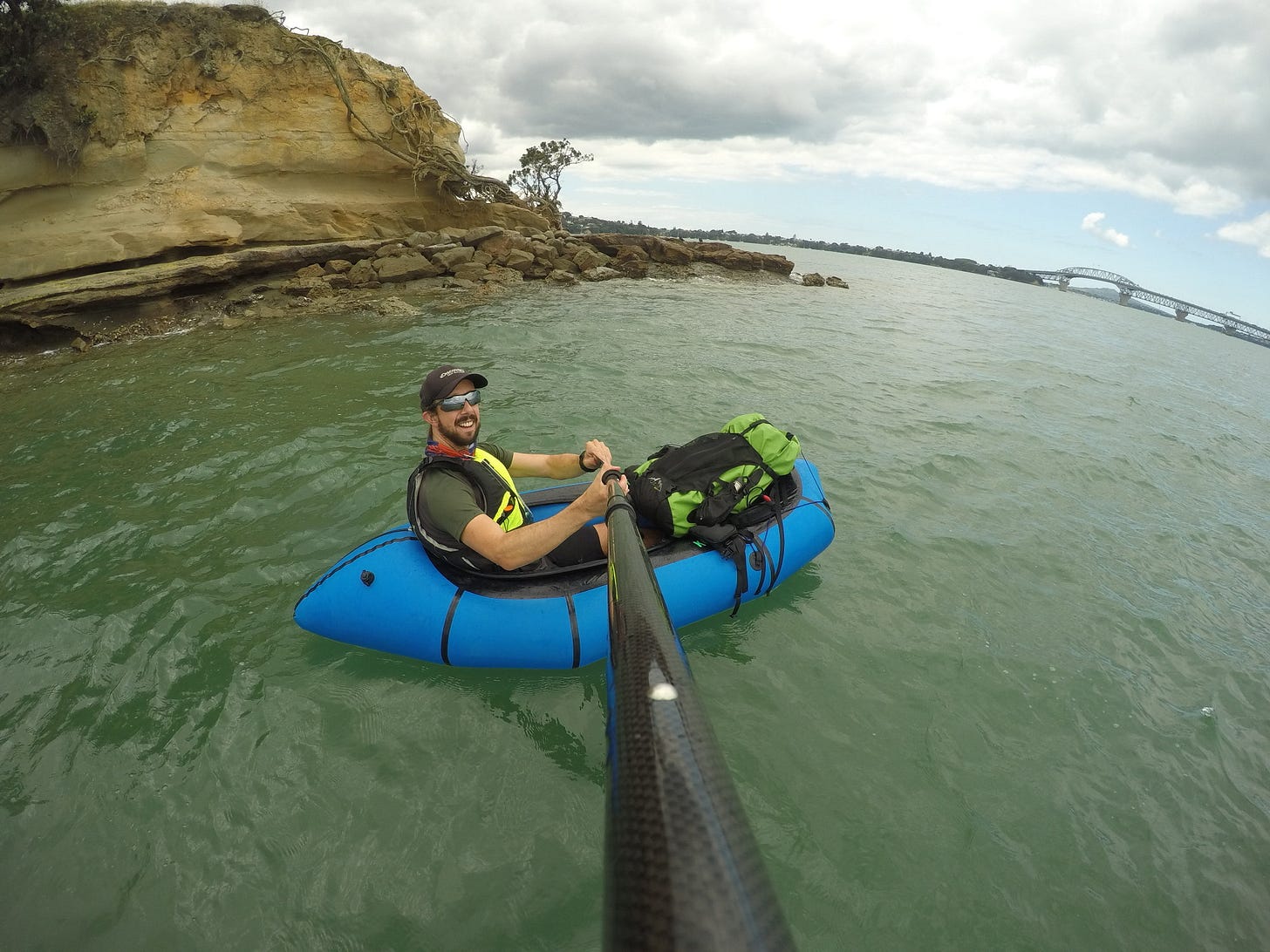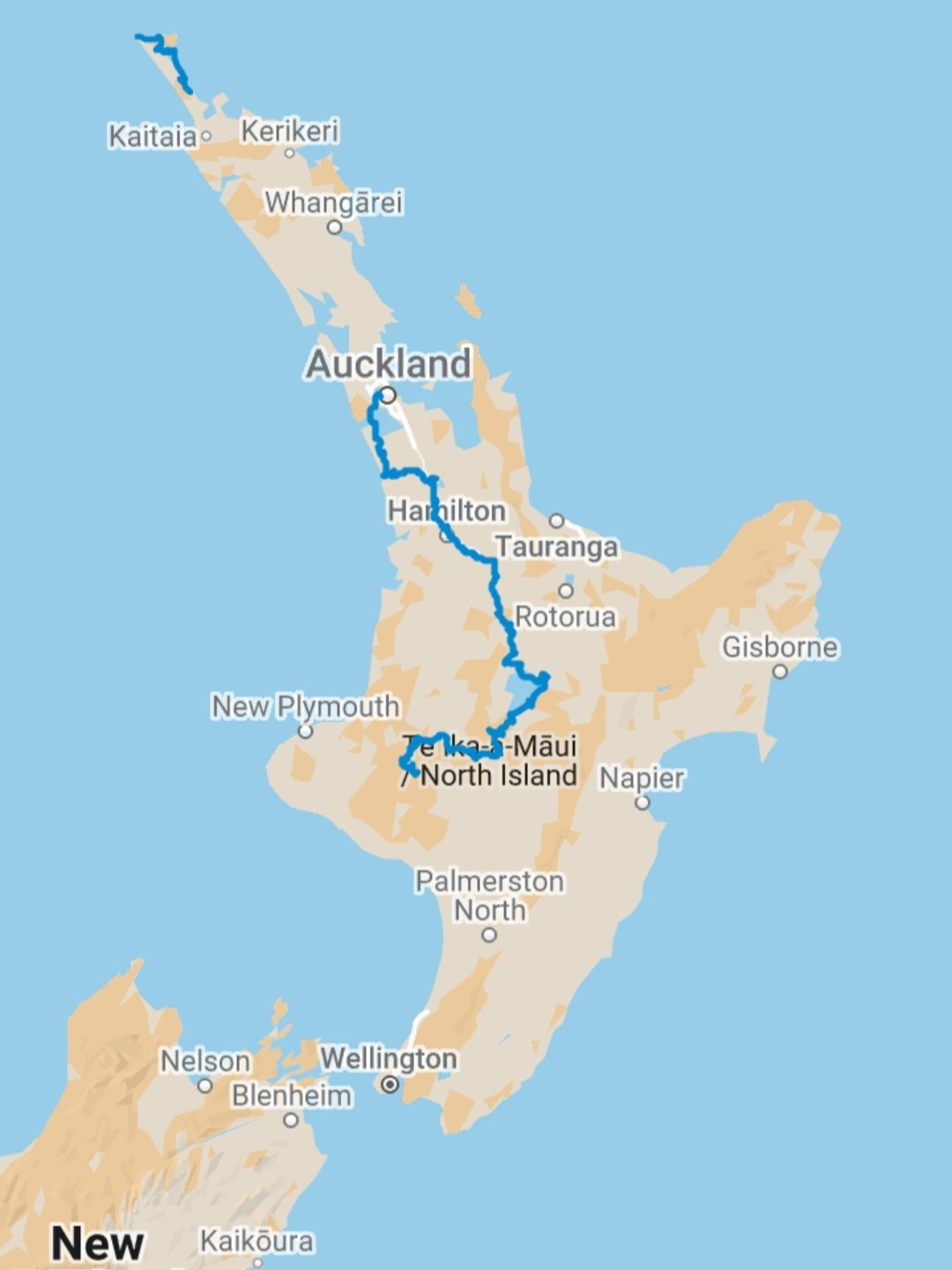The Waka & Waewae Journey explained
Traversing the length of New Zealand in a raft; an adventure like no other!
You’re outdoors on a hike. It’s a spectacular, bluebird day, perfect for spending in nature. After some effort, your hike ends at the edge of a secluded and calm lake. It’s the perfect reward for your day’s effort. Water gently laps at a small, pebbled beach. Multiple greens from the surrounding bush reflect off the flat, mirror-like surface. The calm encapsulates you; you have found your wild; ancestral brain signals tell you you are home. You’re experiencing, first-hand, why we hike.
You enjoy a celebratory snack – perhaps even a hot brew – and prepare for the return trek. Before you leave, you take one more look at the crystal water. You’ve had an epic day, but an ever-growing part of you wants to know “what’s on the other side of the lake?”.
This is where I was at with hiking and tramping. The most freedom one can experience on two feet was bumping into limitations. I frequently found myself wanting to cross the lake. So, it was only natural that my eyes would rise above the garden fence and peer at all the beautiful packrafts next door. These little personal, portable watercrafts let you hike with them in your pack, then pump them up and go rafting; go on land and go on water.
From the moment I first jumped into one on the Rees River, near Queenstown, the same imagination that drew around New Zealand using a bicycle and a GPS began cooking up an epic journey. Ever since my big bike ride concluded, I’d longed for a sequel, and a packraft journey looked like it.
Within months of buying one, I was out on Auckland’s Waitematā Harbour, testing a paddle-hike-paddle circuit from Port Chev to Henderson and back. I’d read about others’ packraft excursions on the country’s harbours and understood, sharks aside, they’re extremely capable on tidal waters in fair-weather. Despite a cut toe (from an oyster shell) and no shopping (it was Good Friday), I was convinced of the raft’s magic abilities to transport me and gear across vast bodies of water. The seeds for The Big Loop follow-up were germinating. In January of this year, the flowers gingerly opened.
The Waka1 & Waewae2 Journey is following my own made-up route, down the centre of NZ, from Te Rerenga Wairua (Cape Reinga) to Bluff (or Slope Point, depending how I feel when I get south). Rivers, harbours and lakes are the primary pathways; I’ll hike the gaps in between, aiming for more than 50 per cent of the journey on the water. Where the Bike Ride introduced me to coastal Aotearoa, this adventure is my familiarisation of the inland country. For this reason, I’m avoiding the route I cycled as much as possible.
I’m self-contained, carrying everything I need, where possible. Food, tent, stove, clothes, emergency gear is all in my pack. There will be no cheating. Just like the Bike Ride, I will cover every centimetre under my own steam; if I accept a lift at any time, for any reason, I’ll pick up my journey from the same spot. My OCD really won’t allow anything else!
Like all good epic missions, it’s also a charity fundraiser. Unfortunately for each of them, I was unable to select a single good cause to benefit from the daily rigour and grind, so I chose three: the Mental Health Foundation, Cancer Society and UNICEF’s urgent appeal for Ukraine.
Click here or below to find out more or donate!
In a matter of weeks, this nautical adventure will resume after a break for injury and winter. I’ll pack up my things and set sail from Pukenui, paddling and walking south, in the general direction of Auckland. There are many unclear elements at this point, but one thing for certain is that I’m super excited and looking forward to getting back out there! I’m also extremely nervous, which I’ll address another time.
Click here to view The Waka & Waewae Journey map!
It’s 2022, so you can follow this adventure on multiple platforms:
Instagram @DuncWilsonNZ
Facebooks: Dunc Wilson Adventures
Twitter @DuncWilsonNZ
Plus subscribe here for updates!
Arohanui,
Captain Dunc x
waka: traditional Māori canoe, vehicle
waewae: leg, foot




